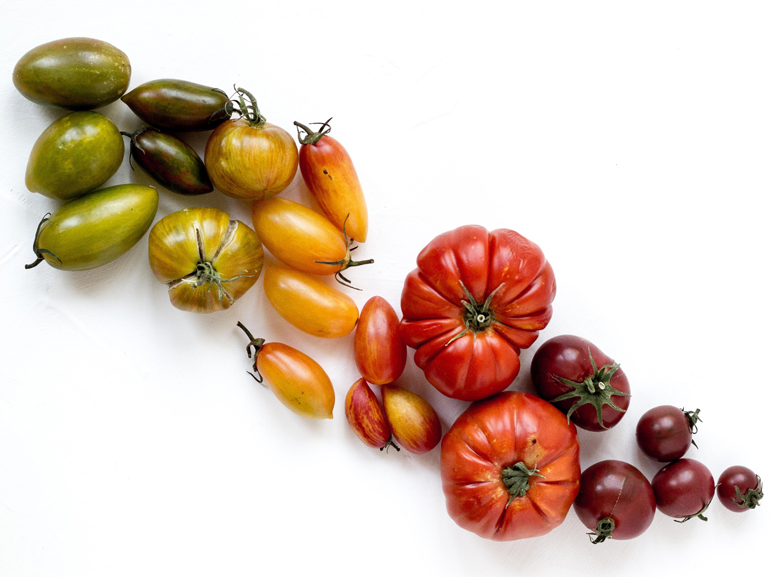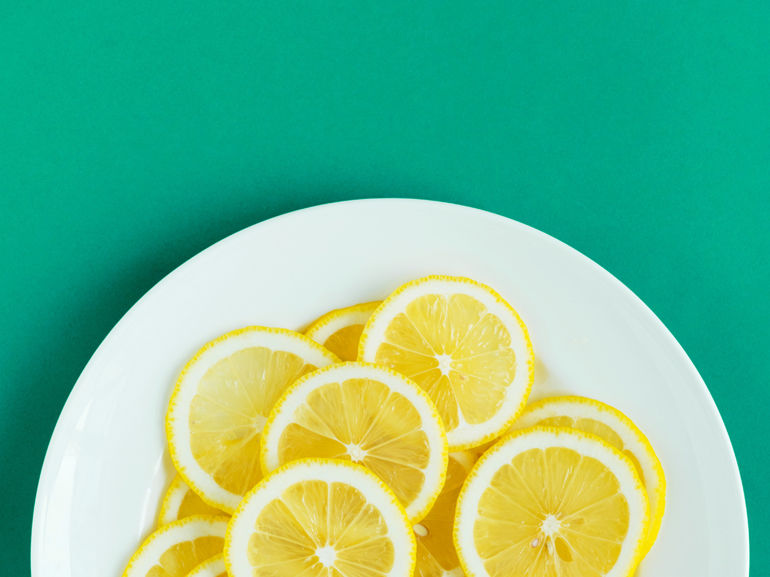

The Color Diet is a nutritional regimen that offers benefits for both your waistline and health.
The human body is an ecosystem whose primary goal is to maintain balance within itself: from this balance, health, good physical condition, and optimized energy levels depend.
To achieve this, and ensure the body has the necessary resources for its proper functioning, it needs a complete and as varied a diet as possible.
To keep it healthy, therefore, it’s necessary to provide it with all the (macro and micro) nutrients possible, as each has a very different role once ingested.
The Color Diet aims at just that: here’s what it consists of and why it will make you healthier and more beautiful.

What is the Color Diet
We all know that the recommended serving of fruits and vegetables by nutritionists is five portions a day.
What is less known, however, is that those five portions should be of five different colors. This will allow covering all the necessary phytonutrients (which are nutrients contained in plants) essential for health.
To understand why, just know that phytonutrients give plants their color (besides protecting them from external aggressions and diseases).
And depending on the color, plants contain different nutrients and therefore provide different benefits.
The more colors on the plate, the more benefits they assure us.

What are the Different Colors and their Purposes
Foods divided by color have specific properties both from a nutritional and weight loss perspective.
White
Garlic, onion, cauliflower, fennel, mushrooms, pears, leeks, celery; aid digestion, have purifying properties, keep bad cholesterol at bay.
Green
leafy greens, green salads, broccoli, cabbage, asparagus, artichokes, spinach, zucchini, kiwi; have positive effects on eyes, bones, and teeth, reduce appetite, and prolong the feeling of satiety.
Red
Tomatoes, strawberries, watermelon, radishes; improve the urinary system, enhance memory, stimulate and speed up metabolism.
Yellow-orange
Apricots, oranges, tangerines, carrots, persimmons, pumpkin, peaches; strengthen the immune system, help skin health and counteract cellulite thanks to their diuretic properties.
Blue-purple
Blueberries, eggplants, plums, figs, black grapes; have a relaxing power and counteract aging.

How is the Ideal Meal Composed in the Color Diet
For an ideal meal, we should have all the micro and macro nutrients on the plate.
Ideally, divide the plate into thirds: one-third should be complex carbohydrates, one-third protein, one-third vegetables.
Throughout the day, with your choice of fruits and vegetables, we should cover all five colors. A mix of all will ensure all the necessary phytonutrients for the body and organism.

How to Understand if There are Nutritional Deficiencies
“The simplest method is to keep a food diary, in which for a week you record, with extreme precision and honesty, everything you consume,“ explains Olivera Zajelac, a nutritionist at Nutrilite.
“Only then will we be able to have a clear view of what we really eat. We often tend to think we eat less and better than we actually do.
Based on that, we can understand each person’s deficiencies. This helps us decide what changes to make to their diet and what supplements to combine.
Because the truth is that each of us has very different eating habits and tastes, but almost no one can – also due to the impossibility of eating at home or at the right times – ensure the body gets all the nutrients it needs.”
To ensure the body gets all the necessary phytonutrients, it often requires combining one’s diet with a supplement like Nutrilite Double X, which contains 12 vitamins, 10 minerals, and plant-based ingredients obtained from 22 different varieties of fruits and vegetables grown sustainably and without pesticides or toxic substances to help the brain, immune system, and energy levels. All in three pills should be taken with meals for 31 days.
Not Hungry In the Mornings? It Might Be a Health Issue
This article first appeared on Grazia.it













